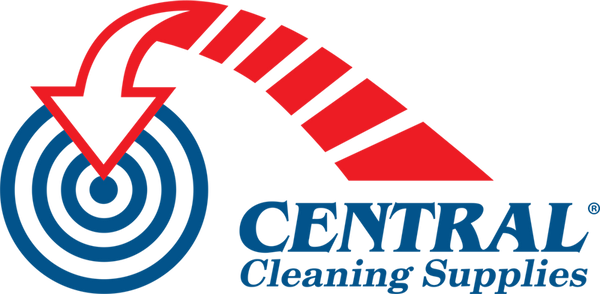Collection: Cones, Poles & Signs
Discover Central Cleaning Supplies’ extensive range of safety cones, poles, and signs designed for effective hazard marking, crowd control, and workplace safety. Ideal for commercial, industrial, and public environments, our durable products help ensure clear communication and accident prevention. Choose trusted brands, bulk options, and enjoy fast Australia-wide delivery for all your safety equipment needs.
-
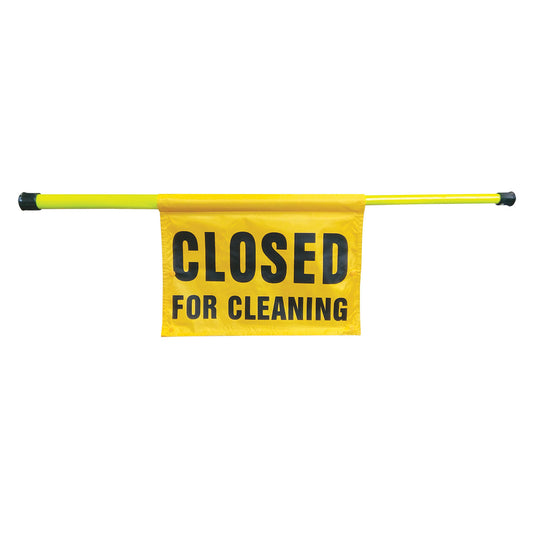
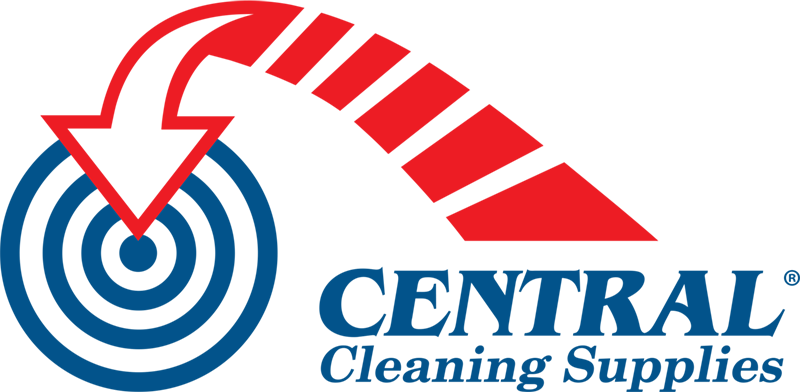
CCS Safety Pole Closed for Cleaning
SaleCCS Safety Pole Closed for Cleaning
Regular price $14.99 AUDRegular priceUnit price / per$26.47 AUDSale price $14.99 AUDSale -


Safety Cone Caution Cleaning
Safety Cone Caution Cleaning
Regular price $36.82 AUDRegular priceUnit price / per -


Safety Sign A-Frame Cleaning In Progress
SaleSafety Sign A-Frame Cleaning In Progress
Regular price $9.99 AUDRegular priceUnit price / per$18.30 AUDSale price $9.99 AUDSale -


Safety Sign A-Frame Wet Floor
SaleSafety Sign A-Frame Wet Floor
Regular price $9.99 AUDRegular priceUnit price / per$18.30 AUDSale price $9.99 AUDSale -
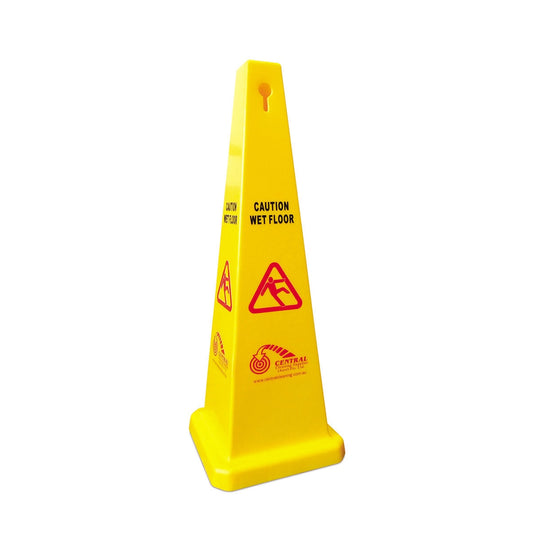

CCS Safety Cone 90cm Wet Floor
SaleCCS Safety Cone 90cm Wet Floor
Regular price $24.99 AUDRegular priceUnit price / per$36.82 AUDSale price $24.99 AUDSale -
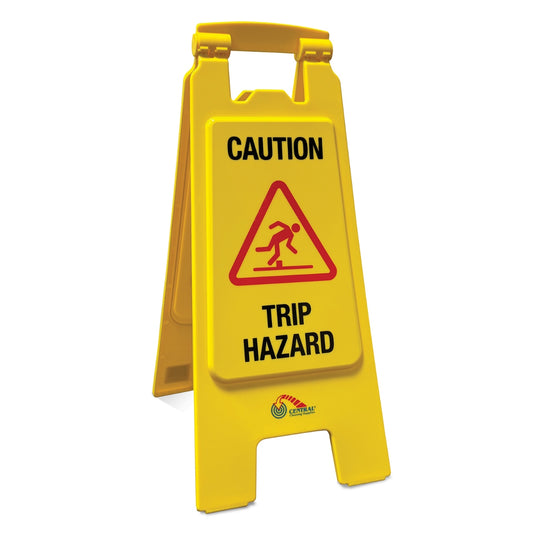

CCS Safety Sign A-Frame Caution Trip Hazard
SaleCCS Safety Sign A-Frame Caution Trip Hazard
Regular price $9.99 AUDRegular priceUnit price / per$18.30 AUDSale price $9.99 AUDSale -
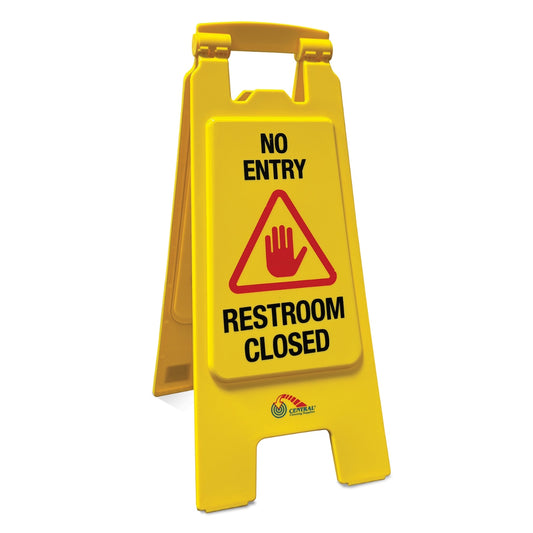

CCS Safety Sign A-Frame No Entry Restroom Closed
SaleCCS Safety Sign A-Frame No Entry Restroom Closed
Regular price $9.99 AUDRegular priceUnit price / per$18.30 AUDSale price $9.99 AUDSale -
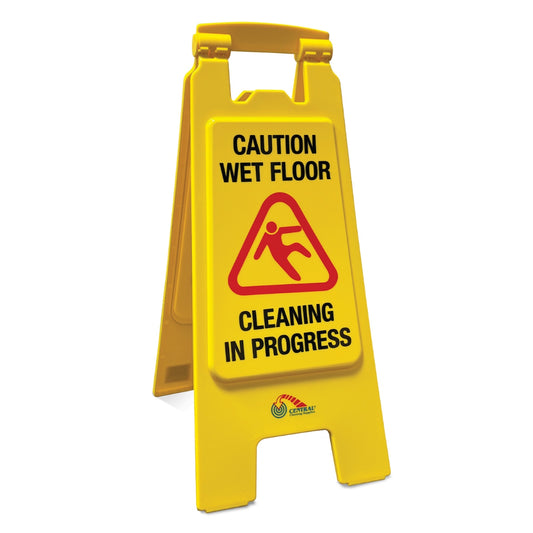

CCS Safety Sign A-Frame Caution Wet Floor and Cleaning in Progress
SaleCCS Safety Sign A-Frame Caution Wet Floor and Cleaning in Progress
Regular price $9.99 AUDRegular priceUnit price / per$18.30 AUDSale price $9.99 AUDSale -
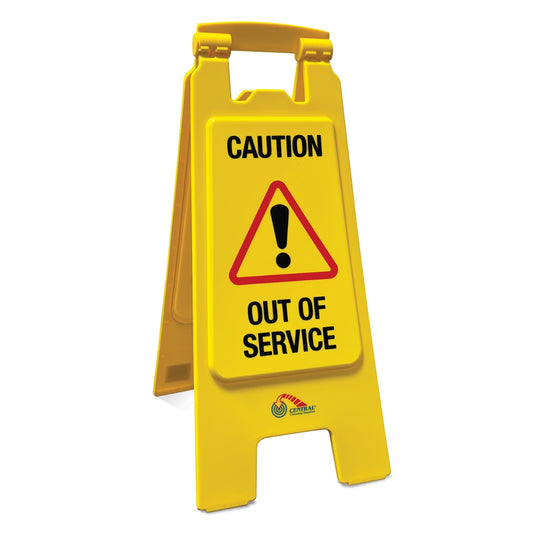

CCS Safety Sign A-Frame Caution Out of Service
SaleCCS Safety Sign A-Frame Caution Out of Service
Regular price $9.99 AUDRegular priceUnit price / per$18.30 AUDSale price $9.99 AUDSale -
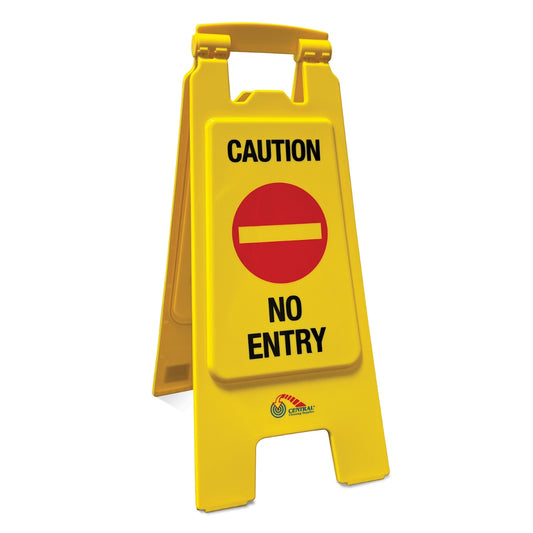

CCS Safety Sign A-Frame Caution No Entry
SaleCCS Safety Sign A-Frame Caution No Entry
Regular price $9.99 AUDRegular priceUnit price / per$18.30 AUDSale price $9.99 AUDSale -
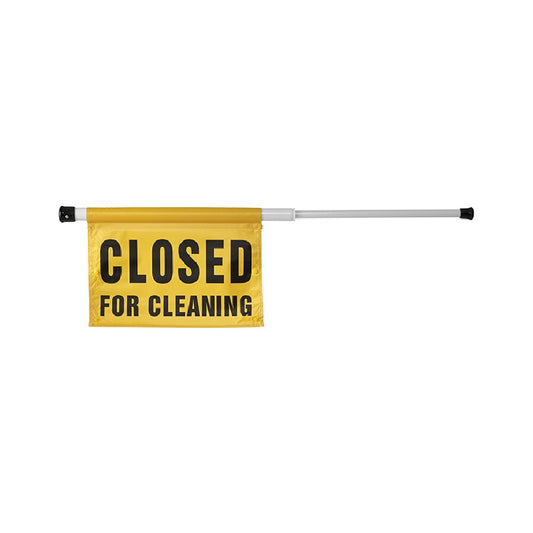
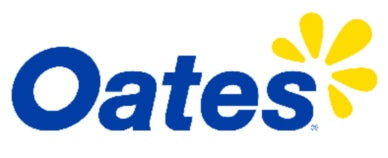
Oates Door Caution Sign Spring Loaded
Oates Door Caution Sign Spring Loaded
Regular price From $36.43 AUDRegular priceUnit price / per -
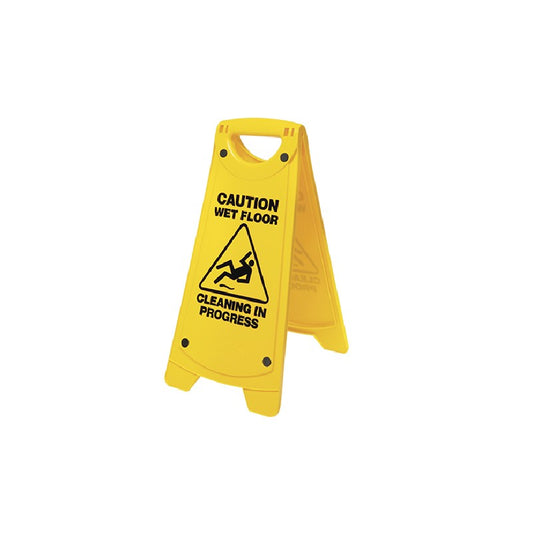

Oates A-Frame Caution Sign Yellow
Oates A-Frame Caution Sign Yellow
Regular price From $18.06 AUDRegular priceUnit price / per -
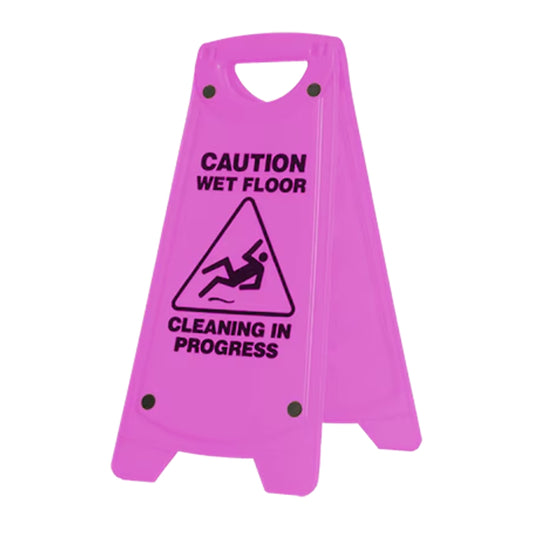

Oates A-Frame Caution Sign Pink
Oates A-Frame Caution Sign Pink
Regular price From $19.00 AUDRegular priceUnit price / per
Cones, poles & signs frequently asked questions
How do you set up safety cones to make a safe work area?
Safety cones are crucial in creating a safe work zone. They should be placed 30 to 36 inches apart, starting at least 200 to 250 feet before the work zone on roads. As cars approach the site, the space between cones decreases, allowing drivers to slow down and merge safely. Cones should be spaced farther apart on highways and faster roads, while closer together on slower streets and sidewalks. They should point towards oncoming traffic and have reflective collars or lights for visibility. Cones should remain in place even during work stops to maintain safety. Proper placement not only ensures worker safety but also prevents accidents and follows the law.
What types of safety poles and signs are required for different hazards?
To keep workers safe and make sure everyone follows the rules, different types of safety poles and signs are needed for different types of workplace hazards. Most of the time, safety signs are grouped by how dangerous the situation is: Danger signs (red, black, and white) are used for threats that could cause serious injury or death right away, like high voltage or dangerous chemicals. Warning signs (orange and black) show a hazard level between danger and caution. They tell workers about risks that could lead to serious injury if not handled correctly. Caution signs, which are yellow and black, warn people about possible dangers or unsafe behaviours that could lead to minor or moderate injuries. For example, they might warn people about slippery floors or areas that need personal protective equipment. Safety instruction signs (green and white) give general safety advice, procedures, or instructions, like reminders to wear PPE or directions to emergency exits. In places where people might come into contact with infectious materials, biohazard signs are required. Fire safety signs show where fire exits and emergency equipment are located. These signs are often used with safety poles to make physical barriers, direct traffic, or mark off areas where people can't go. This keeps the signs visible and useful. In any workplace, it is important to choose and place safety poles and signs correctly so that hazards are communicated and rules are followed.
Are there rules about using cones and signs for safety at work?
Australia has strict safety regulations for cones and signs in the workplace. Businesses must follow Australian Standard AS 1319, which outlines the creation, use, and placement of safety signs. These signs include warning, mandatory, prohibition, danger, fire safety, and emergency signs. The Work Health and Safety Act mandates employers to maintain safety signs that meet the law, ensuring they are clean, visible, and in good shape. AS 1742.3 is also crucial for safety cones, particularly for roadwork or traffic control. These cones must be designed, height, space, and retroreflective to ensure visibility and usefulness. Regular checks and replacements are necessary to maintain safety standards. These regulations not only ensure law compliance but also reduce accidents in the workplace.
What materials are best for durable and reflective safety cones and signs?
PVC, rubber, and polythene are excellent materials for safety cones and signs. PVC is strong, flexible, and resistant to chemicals, wear, and weather. It can be bright and reflective, while rubber cones are stable but heavier and more expensive. Polythene is light, durable, and eco-friendly when mixed with recycled composite bases. It can be used with high-visibility reflective sheeting and retroreflective sheeting or 3M reflective collars. These materials ensure safety and long-lasting use.
